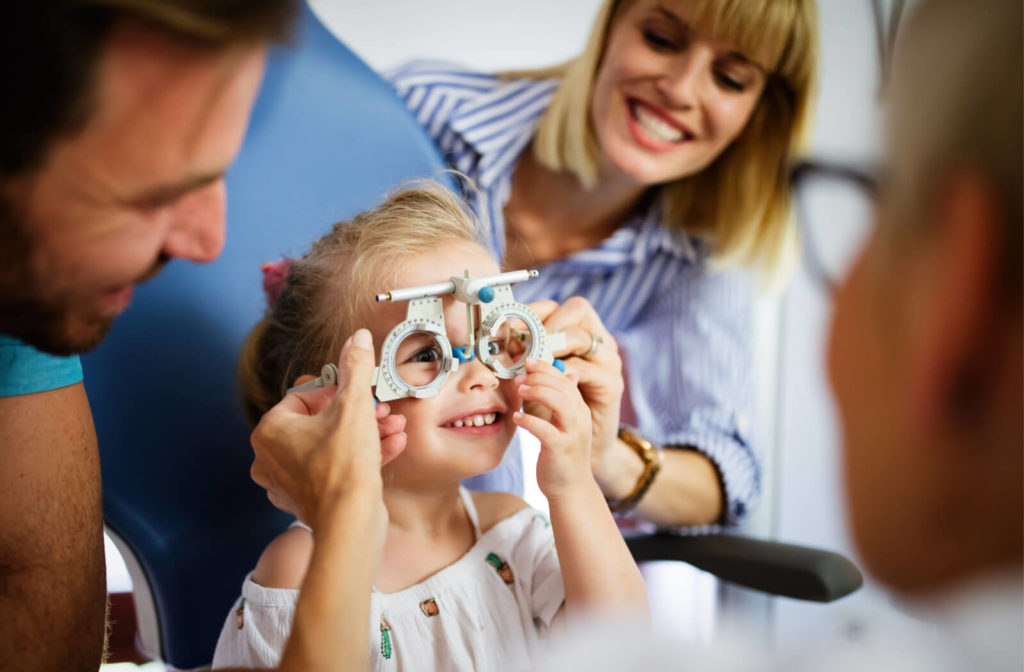
Treatments Available for Myopia Correction
Myopia, also known as nearsightedness, is a refractive error which causes vision to distort when attempting to focus on far distant objects. Myopia occurs when the ocular is too long, or the cornea is too curved, impairing the lens and cornea’s ability to focus. This causes light rays to focus in front of the retina instead of directly on its surface. There are a variety of myopia treatment options that could help to improve nearsightedness.
Glasses
Myopia correction can be done quickly and efficiently with the aid of glasses. Eyeglasses rectify the refractive error while wearing by changing the angle at which light strikes the retina. This option is optimal for children because spectacles are simple to maintain. The lenses are prescribed after the patient has undertaken an eye examination for diagnostic purposes.
Contact Lenses
The same sort of vision tests for eyeglasses happens to generate an appropriate prescription for contact lenses. Contact lenses function similarly to spectacles by modifying the direction of light entering the eye. As a result of the eye’s inherent lubrication, the lenses float comfortably on the cornea. They are also much thinner than spectacles as they rest much closer to the cornea.
There are two varieties of daily contact lenses:
- Soft lenses easily conform to the shape of the eye and are made of soft, flexible plastic. Soft lenses cover the pupil, iris, and part of the white of the eye. Some flexible lenses must be discarded after a single day of use, while others can be worn for several weeks.
- Rigid lenses are more compact than flexible lenses and cover the pupil and iris. Rigid contact lenses are created from rigid, thin plastic. You will need to remove most rigid lenses at night. However, extended-wear rigid lenses can be worn both during the day and at night.
Overnight Contact Lenses
Orthokeratology (Ortho-k) contact lenses are specially fitted lenses that can temporarily rectify mild to moderate myopia by reshaping the cornea. Ortho-k lenses differ from conventional lenses in that they are worn only at night. However, once removed, the vision-improving benefits (in the form of the corrected cornea shape) persist throughout the day. Therefore, the lenses must be worn every night in order to provide continuous daytime vision correction. Even after discontinuing the use of Ortho-k lenses, it has been demonstrated that Ortho-k reduces myopia more effectively than spectacles and other lenses over the long term.
Corrective Eye Surgery
While glasses and contact lenses can provide relief when worn, and in the case of Ortho-k respite for the day, neither options provide a long-term permanent solution. Myopia is only treatable permanently through refractive surgery. Examples include:
- Custom LASIK (laser-assisted in-situ keratomileusis) surgery (laser-assisted in-situ keratomileusis) corrects myopia and other refractive errors. The operation entails cutting a portion from the front of the cornea to change its shape, thereby adjusting how light strikes the retina.
- Photorefractive keratectomy (PRK) is less invasive but makes the same correction to the same part of the eye as LASIK but does so directly on the eye surface.
